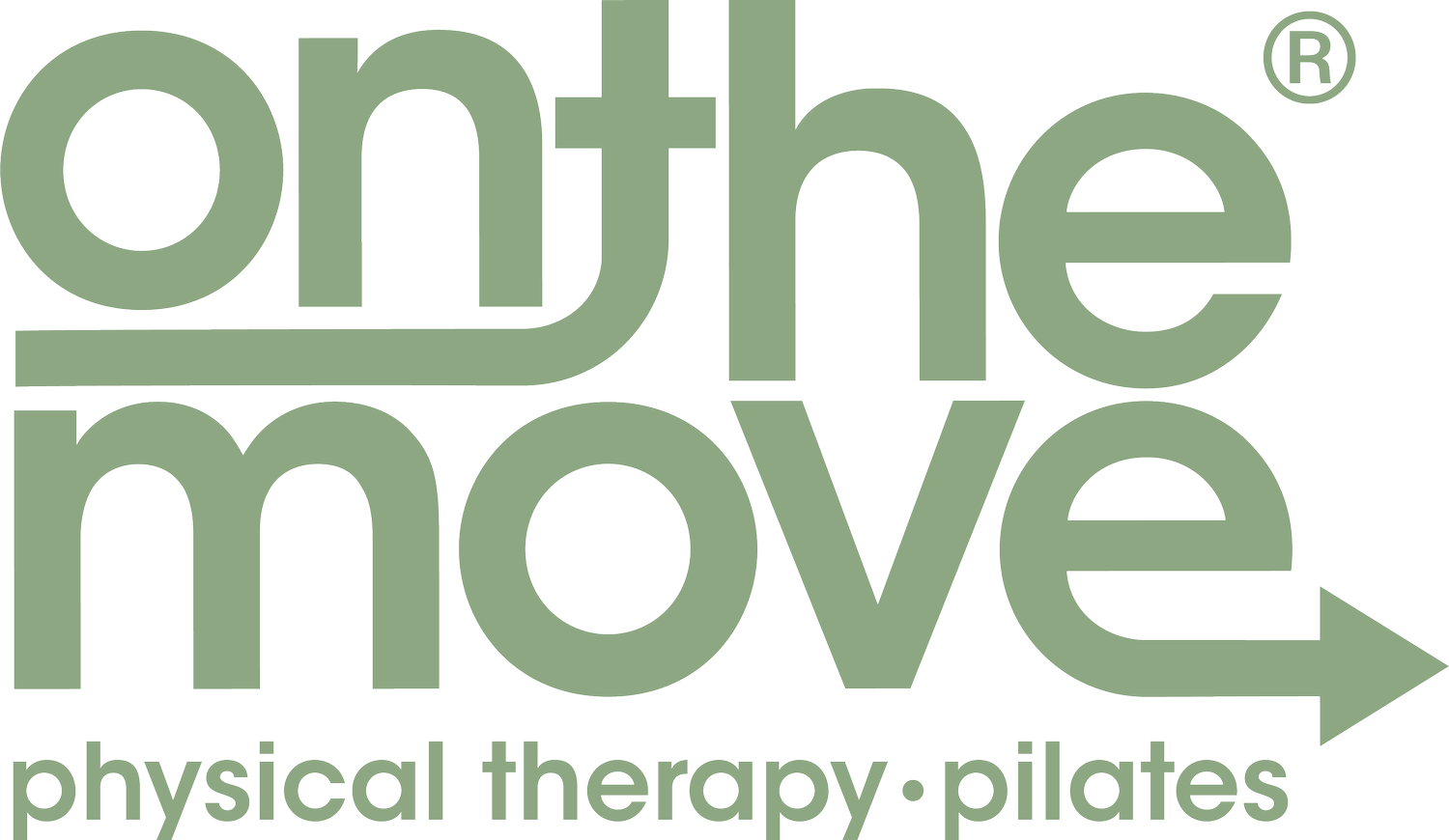The Core of It: It’s More than Just the Six Pack
We’ve all heard how important it is to “strengthen your core”. Having a strong core is said to improve your sports performance, prevent low back pain, and trim your waistline.
What is The Core? Most people would answer this by putting a hand on top of their mid-section. Or, they simply grab their abdominal fat and look up with a guilty smile. The core, the magical muscle whose strength is said to fulfill all of the aforementioned promises, is actually comprised of multiple muscles including the transverse abdominis, the obliques, and the multifidus. At the top of the core is your diaphragm which attaches to your ribs and lumbar spine. At the bottom of your core are the pelvic floor (aka kegel) muscles. There are more muscles in the trunk, but the abdominal and back muscles that protect your spine, the true core, have multiple short distance attachments to the spine and pelvis. They tighten just enough to stabilize the center of your body allowing your extremities to work from a stable base. Some consider the gluteal muscles as part of your core because their attachment to the pelvis and the legs are important in keeping your pelvis in alignment when you’re standing.
How does the core protect the spine? The core muscles are like an internal corset. They protect your spine and the spinal nerves because they wrap around your trunk and draw the contents of your abdomen inward. They keep your vertebrae stacked on top of each other and maintain the integrity of the 4 natural curves of the spine.
What about the Six Pack Muscle? The most famous abdominal muscle, the rectus abdominis or “six pack” muscle, has very little to do with protecting the spine. The action of the rectus abdominis is to flex your trunk forward. It spans multiple segments of the spine and cannot prevent excess shearing or twisting of the spine. When done correctly, the exercises used to strengthen the rectus abdominis can challenge the true core muscles, but, performed incorrectly can increase back pain and perpetuate a hunched posture. The erector spinae of the back help extend the trunk and maintain posture but their long distance attachments spanning multiple vertebrae don’t add strength to your body’s internal corset.
Check back next month for tips on how to strengthen the core!
If you can’t wait, you can contact me with questions or requests for future articles: Alyssa Herrera-Set, DPT at onthemovept@gmail.com.
